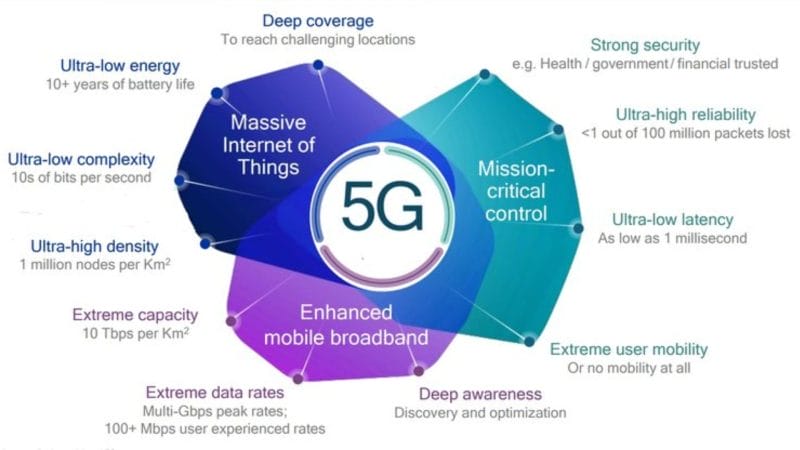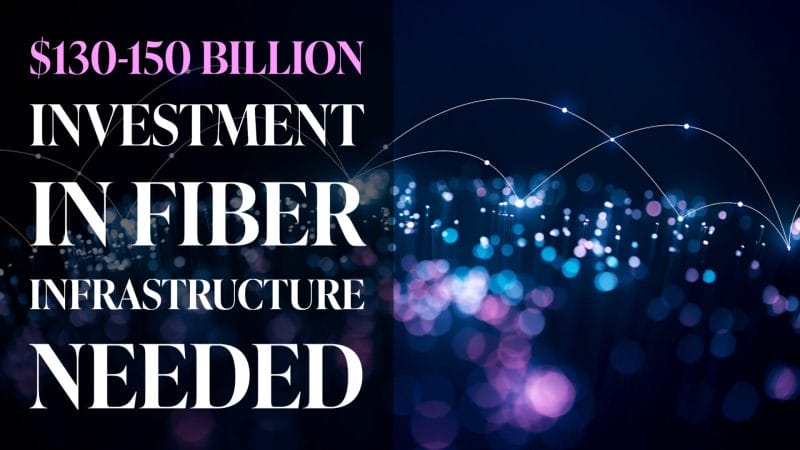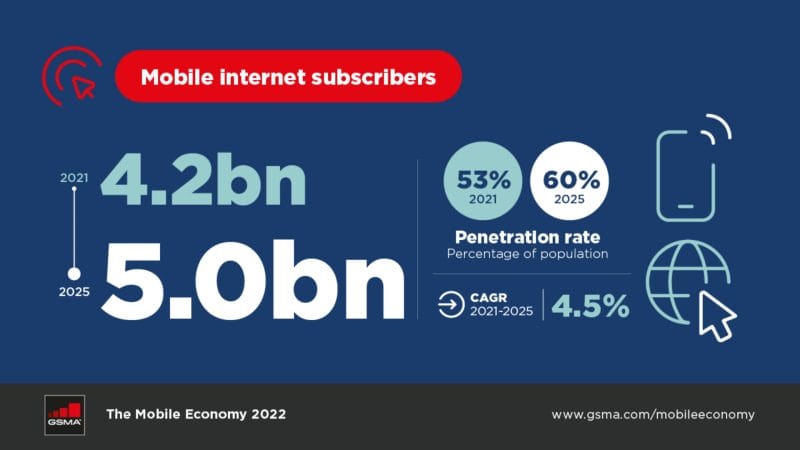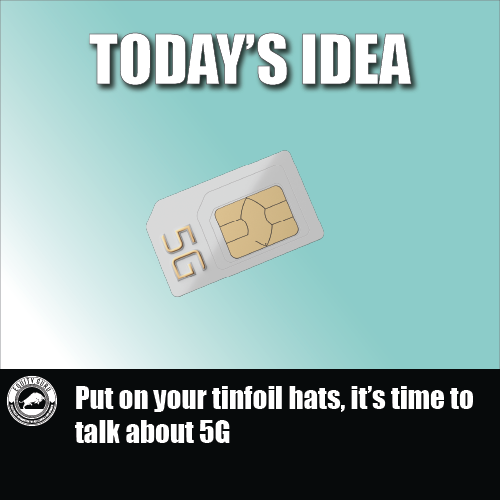The Future Is Now, Old Man
Believe it or not, 5G wasn’t responsible for the COVID-19 pandemic. Hot take, I know. Despite this, there were over 90 arson and sabotage attacks on mobile masts in the United Kingdom (UK) at the peak of this conspiracy theory in 2020. The year is now 2022, however, some still harbor doubts regarding 5G and its associated health risk. Again, when it comes to the pandemic, there is no correlation between 5G and the coronavirus.
If my word isn’t good enough, and surely it shouldn’t be, take it from Fiorella Belpoggi, Research Director at the Ramazzini Institute in Italy. In a study titled Health Impact of 5G, Belpoggi explicitly states, “there is no evidence that there is a relationship between 5G and the spread of the Coronavirus.” Furthermore, several studies have been conducted on radiofrequency electromagnetic fields (RF-EMF) and immune responses, none of which have generated proof that there is an associated effect.
The bottom line is, 5G isn’t trying to kill you, however, Darwinism is. With that out of the way, what is 5G anyways? For starters, 5G is the planned successor to 4G, the fourth generation of broadband cellular network technology. With this in mind, 5G represents the fifth generation and began deploying in 2019. Much like its predecessors, 5G will provide a cellular network connecting wireless devices to the Internet and telephone network.
4G LTE Versus 5G
Pros

To date, 4G long-term evolution (LTE), a type of 4G, has delivered the fastest mobile internet experience. By offering 4G LTE, cellular providers have been able to offer superior speeds and connectivity. For example, using a 4G smartphone on Verizon’s 4G LTE network allows a user to download files from the internet at speeds that are up to 1o times faster than 3G. Pretty impressive, but how does it shape up next to 5G?
Well, 5G runs on a much higher frequency than 4G, providing users with a much larger bandwidth. In other words, 5G is much faster than both 4G and 4G LTE. At its highest speed, 5G is capable of reaching 2 GB per second (Gbps), which is two times faster than 4G LTE’s 35 MB per second (Mbps). With this in mind, there are three tiers of 5G frequencies, namely low-band, mid-band, and high-band 5G.
- Low-Band: operates between 600-850 MHz offering between 50-250 Mbps
- Mid-Band: operates between 2.5-3.7 GHz offering between 100-900 Mbps
- High-Band: operates between 25-39 GHz testing as high as 3 Gbps
In addition to higher speeds, 5G also offers latency up to ten times lower than 4G, which will support new applications including Artificial Intelligence (AI), Internet of Things (IoT), and virtual reality (VR), among others. Moreover, this will enable remote actions to occur in real-time. For context, latency refers to the amount of time it takes for a data packet to go from one place to another. Put simply, the lower the latency, the better.
Cons

However, it’s not all sunshine and rainbows for 5G. In terms of development, the current infrastructure supports macrocells, not small-cell technology. To provide some background, macrocells provide low-frequency coverage for miles. On the other hand, small cells provide high-frequency coverage for approximately 100 yards. Quite a stark contrast. Thing is, 5G network deployment is largely dependent on the ability to install small-cell base stations.
In addition to deployment issues, 5G can be quite expensive, with a macrocell costing around $200,000 to set up. Similarly, each small cell costs around $10,000. Keep in mind, the current plan for 5G is to install 60 small cells per square mile. To put things into perspective, the city of Toronto is roughly 243 square miles. This suggests that it would cost around $14.5 million to install small cells throughout the city. Don’t quote me on that.
Arguably one of the most blatant challenges of 5G is backhaul issues. Backhaul refers to the portion of the network that acts as an intermediate link between the core network and the small subnetworks. That being said, mobile networks represent the most common network types in which backhaul is implemented. In the past, fiber optics were used to meet 4G LTE backhaul issues. The good news is, with its superior connections rates and low latency, fiber optics are still ideal for 5G backhaul.
The bad news is, the deployment of 5G is now closely tied to the deployment of fiber optics. According to a Deloitte Consulting analysis, it is estimated that the United States (US) requires an investment of between $130-$150 billion in fiber infrastructure over the next five to seven years to support 5G. Furthermore, without increased fiber optics deployment, carriers will be unable to support a rapidly growing amount of mobile data traffic.
5G Market Overview

Despite this, it is estimated that there will be 2 billion 5G connections by 2025, with Developed Asia and the US paving the way, according to the GSMA Mobile Economy series. Currently, approximately 53% of the world’s population is connected via mobile devices. With regards to North America, at the end of 2020, 327 million people had subscribed to mobile services, representing 83% of the region’s population.
By 2025, the GSMA predicts that 5G will account for almost two-thirds of total mobile connections, or 270 million connections. On a global scale, the GSMA predicts that 5G networks will have 1.7 billion subscribers by 2025. In terms of monetary value, the Global 5G Technology Market is projected to reach USD$797.80 billion by 2030.
With this in mind, the next five years will be transformative for the 5G market. However, the deployment of 5G is mostly reserved for developed countries such as the US, UK, and China. In 2021, a time when many developed countries were now shifting their focus toward 5G, most of the Least Developed Countries (LDCs) had only just begun implementing 4G mobile networks.
Needless to say, deployment of 5G in LDCs will be increasingly difficult as there will be limited applications for 5G in LDCs. For starters, 5G phones, tablets, and hotspots will likely remain at an unaffordable price in LDCs. Furthermore, in some cases of 5G applicability, developing countries just aren’t ready yet. For example, autonomous vehicles and robotic surgery are not applicable in LDCs due to limited supportive economic infrastructure.
However, that’s not to say that 5G isn’t equally, if not more important, in developing countries. Unfortunately, that’s a conversation for another day. If you’d like to know more about 5G, check out Chris Parry’s article currently featured on our site!



Leave a Reply